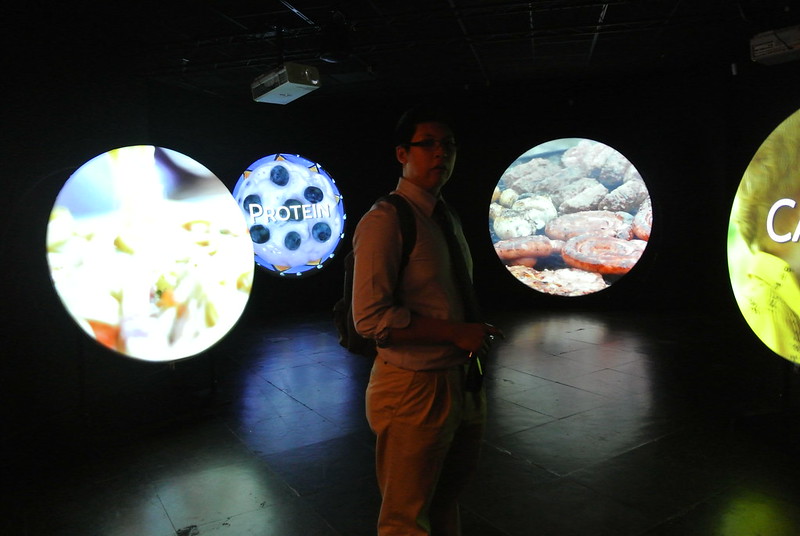The week before my graduation from my masters program in food policy and applied nutrition, I finally made it to the Museum of Natural History to visit their featured exhibit on how food affects our health, the environment, and the people who grow, trade, cook, and eat it. With the issues of food becoming more and more prominent in popular media and understood by the masses as a critical component to the function of every society, it makes sense that there is now an entire exhibit dedicated to the development, transport, trade, consumption, and celebration of food.
In short, it starts with a dark room with circular screens flashing images of macronutrients, types of food, food access, and other meal or food related concepts. Then it leads to information on farming and agriculture practices of the past, present, and future and how our actions have altered the planet and its inhabitants. They have visuals that show how Japan developed methods of growing cubed shaped watermelons, the effects of over fishing in the Atlantic, and the complicated story of corn in America. There are then displays of how food is used in different cultures and how food was preserved, prepared, and consumed in ancient Rome, Victorian England, the Yuen Dynasty, and other histories. You can pretend to have a sit down dessert of ice cream with Jane Austen, learn the art of fermenting kim chi, or see what Michael Phelps eats at a typical meal. And of course, no food exhibit would be complete without a taste kitchen! We were able to sample cacao nibs (see:
Taza Chocolate Factory Tour) and raw jicama. The exhibit is also book ended by two video rooms, which starts with a video on the future of food and farming and ends with a video on using food in celebrations in New York City.
Overall, I think this exhibit is extremely well curated and it successfully engages people of all different ages and backgrounds. Everyone has a different relationship with food, and everyone can relate to the information with a different level of understanding. It's interactive enough to keep kids interested, and it's informative enough to keep adults absorbed. Look through the photos below to get a better understanding of what the museum teaches on food, nature, and culture:
 |
| Current farming methods on the left, hydroponics on the right |
 |
| Is vertical farming the solution to feed the anticipated 2bil population? |
 |
| Stepped back in time and visited a lively Aztec Market from 1519! |
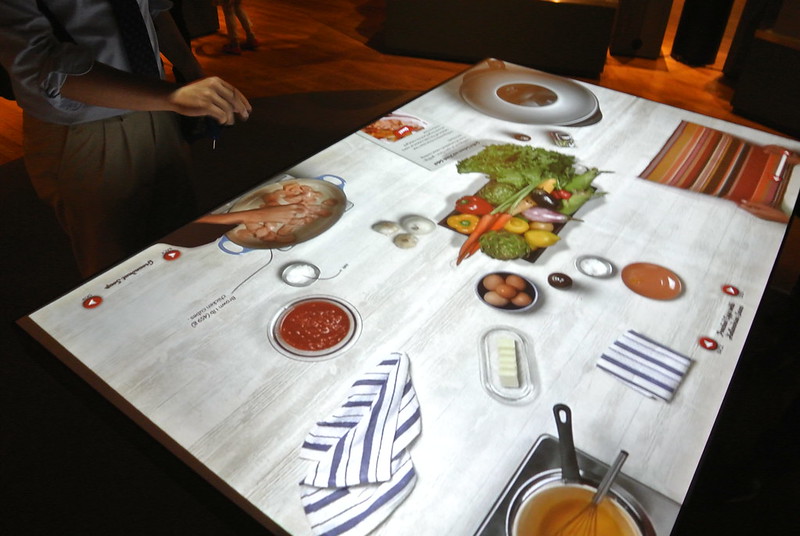 |
| An interactive projected table where you can learn how to cook different recipes |
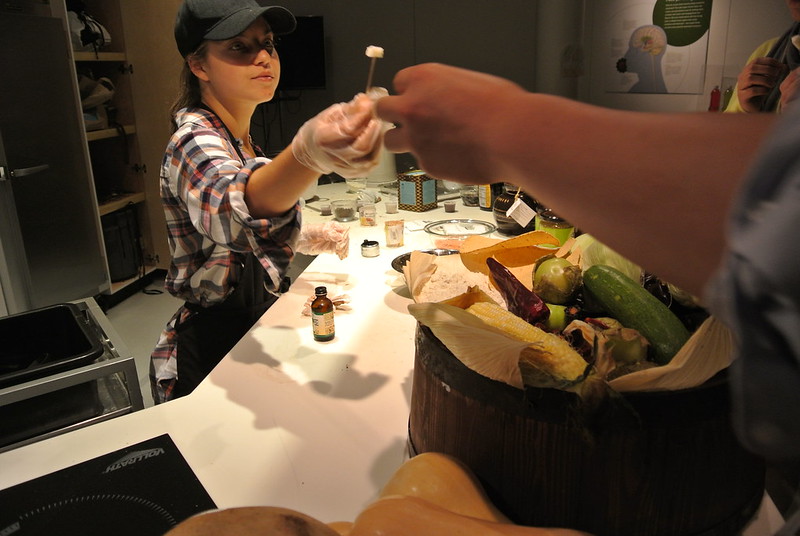 |
| The taste kitchen at Our Global Kitchen |
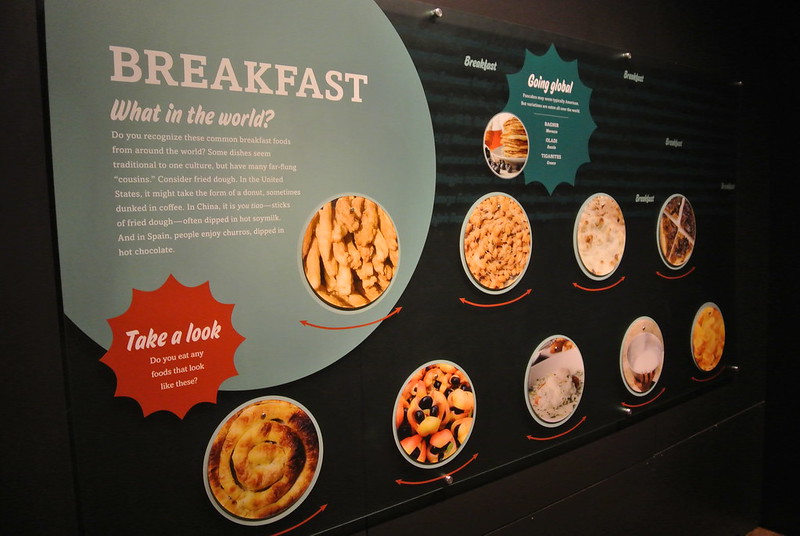 |
| Learned all about my favorite meal from different places around the world |
 |
| My brother smelling different spices at the scent stations |
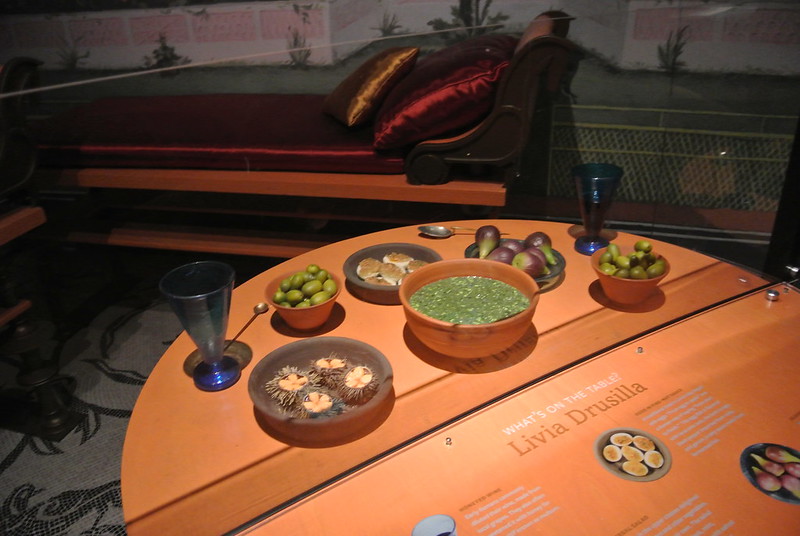 |
| A meal in Rome with olives, figs, and fresh sea urchin! |
 |
| A video featuring shopping for Chinese New Years on Bayard Street in Chinatown |
 |
| Great fruit themed seats for the short film features |
 |
| Not in the exhibit, but a relevant promotion of tap water around the museum |
American Museum of Natural History
200 Central Park West
New York, NY 10024












